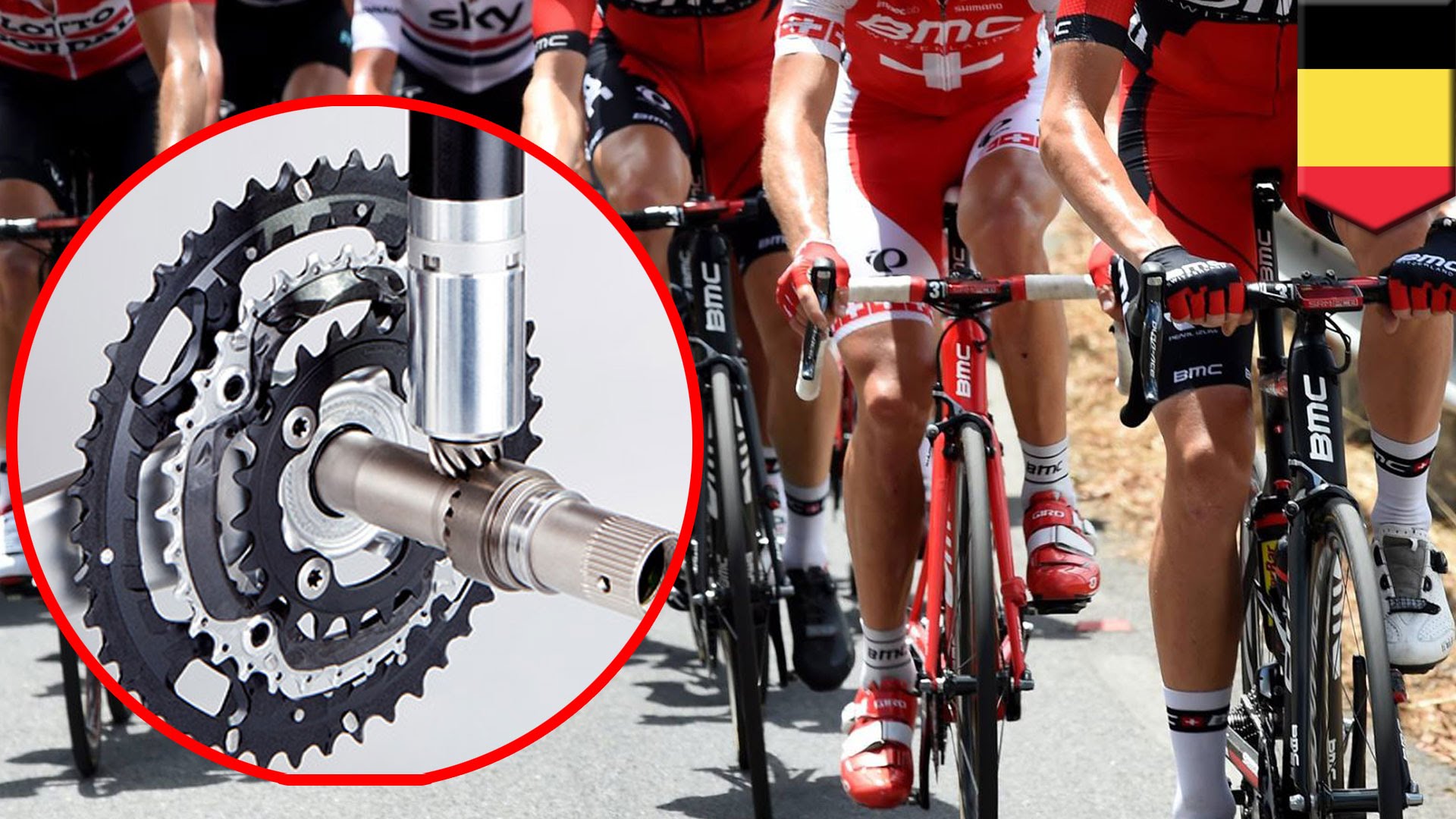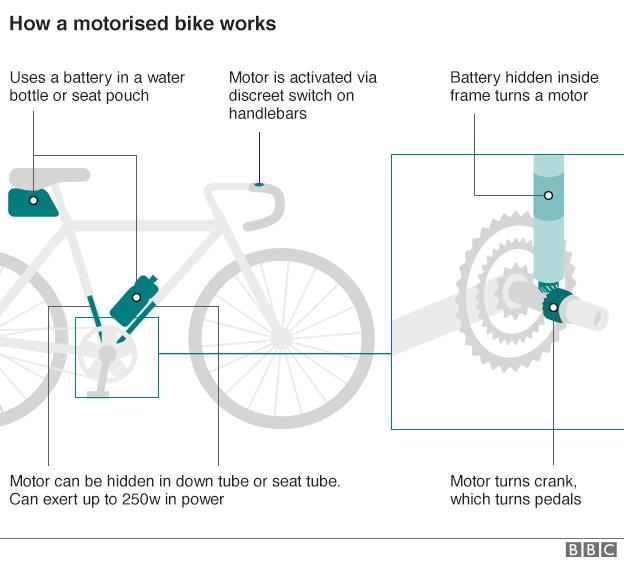On Tour De France cyclists with hidden electric motors on their bike will be exposed with thermal imagers.

This year, new rules are being introduced at the most famous and prestigious world cycling race, Tour De France. In particular, the bikes of athletes during the race will be scanned with thermal imagers . This is done in order to catch lovers of "technodoping" on the hot - in the literal and figurative sense. The fact is that some athletes install small electric motors of low power (60-100 watts) in their bicycles, which help to get a small, but an advantage during important competitions.
According to Thierry Braillard, Secretary of State for Sports of France, trying to cheat with electric motors is even worse than doping. He argues that the future of cycling is questionable because of this deception.
The technology of detecting "modified" bicycles with electric motors was developed by a large French agency that deals with research in the field of nuclear physics. Thermal imagers can be installed at any point of the route - and cyclists will not be informed where exactly such equipment is located.
The French did not suddenly decide to install thermal imagers. It all started in February of this year, when "technodoping" was found in the bike of the famous athlete from Belgium Femke Van Den Drisch. In this case, the “refinement” was discovered by chance, only after the athlete had to go the distance for technical reasons. With the help of magnetic resonance scanning, we managed to find the battery and the Vivax engine in the seat tube. As it turned out later, such systems are of the same type. The electric motor is located in the seat tube or the lower frame tube. The battery is placed in the seat bag or sports bottle, and the button on the steering wheel activates the entire system via Bluetooth.
Rumors that not all athletes are playing a fair game in cycling appeared in 2010. Then an electric motor was found in the athlete's bike, Fabian Kancellar, which was also discovered by chance. Sometimes interesting situations got into the camera frame of the operator leading the broadcast from the bicycle race - for example, the case when the wheel continued to rotate even after the racer fell. However, the rumors and suspicions remained just rumors and suspicions for a very long time - none of the organizers of the competition believed that the athletes would go to such an obvious fraud.
Femke Van Den Drish was severely punished: she was disqualified for 6 years. During the investigation it was proved that she cheated before, and not only during this competition. As a result, the Belgian cyclist is not only disqualified, but also deprived of the medals, as well as prize money.
But this did not stop tech-lovers. In April, a group of journalists from the Italian Corriere della Serra, together with the French television channel Télévisions Stade 2, conducted their own investigation using a thermal imager. As it turned out, the bikes of some athletes are heated in places where there are no moving parts at all.
It was also found that in some bicycles not electric motors work, but neodymium magnets in the wheels, on which a coil under the seat acts, generating an induction EMF. This design adds an athlete about 60 watts of power. It is much more difficult to find it, than a usual electromotor. True, it costs several tens of thousands of euros - only a very wealthy cyclist can acquire such a system.

Union Cycliste Internationale (UCI) specialists suggest usingnot only thermal scanning. Now this organization is testing magnetic field scanners in the field, on a cycle track. The scanner is able to catch the slightest disturbance of the magnetic field, which could be caused by hidden motors or any other power supply elements. The scanner creates its own magnetic field and monitors the disturbance sources of this field. Data analysis is carried out using special software installed on a tablet computer. Such a scanner can detect not only an ordinary electric motor, but also a neodymium magnet hidden in the wheels. Thermal camera magnets are not able to detect. In addition to the basic scanning system, bicycles analysis using X-rays and ultrasound can be used.
